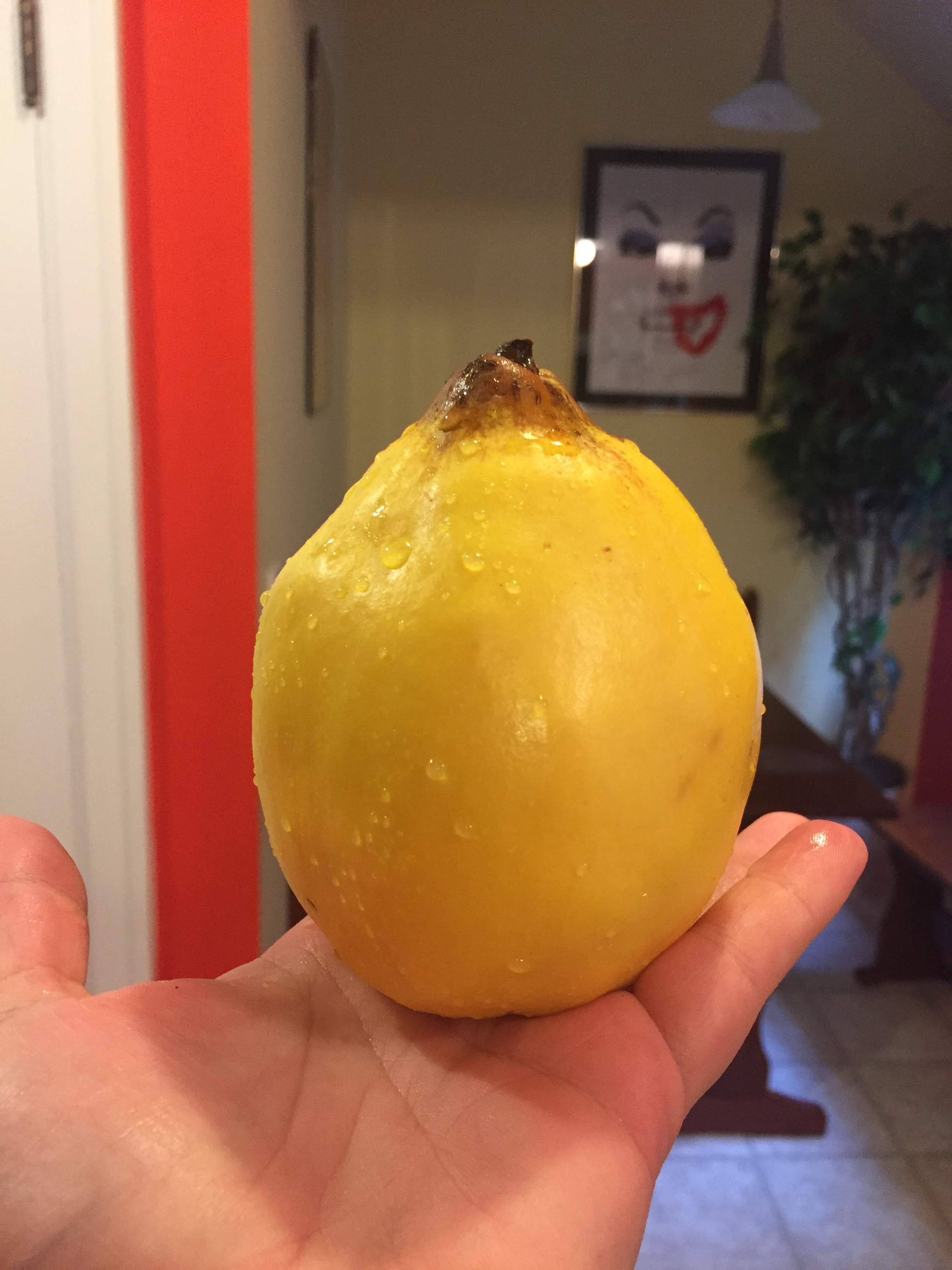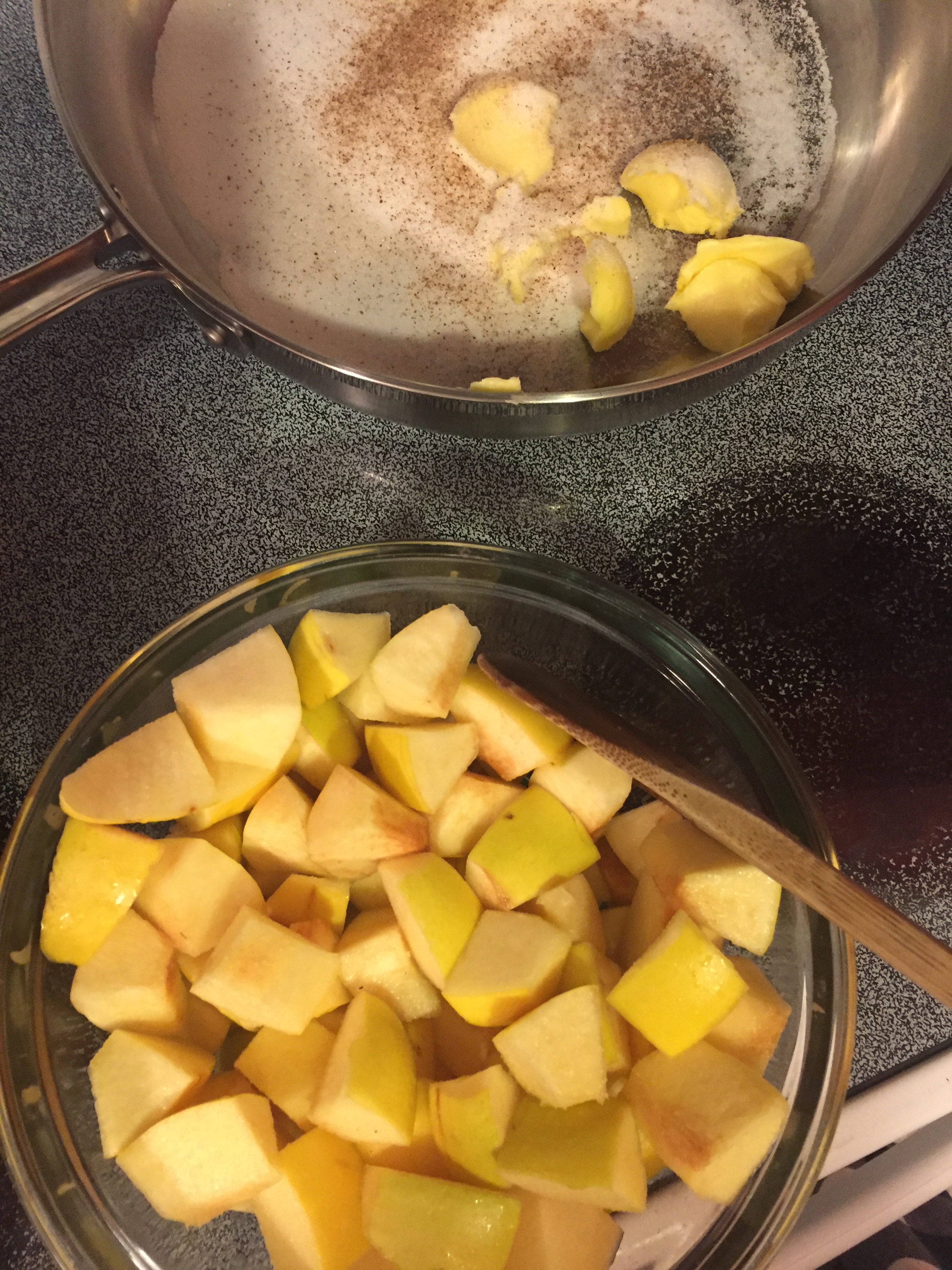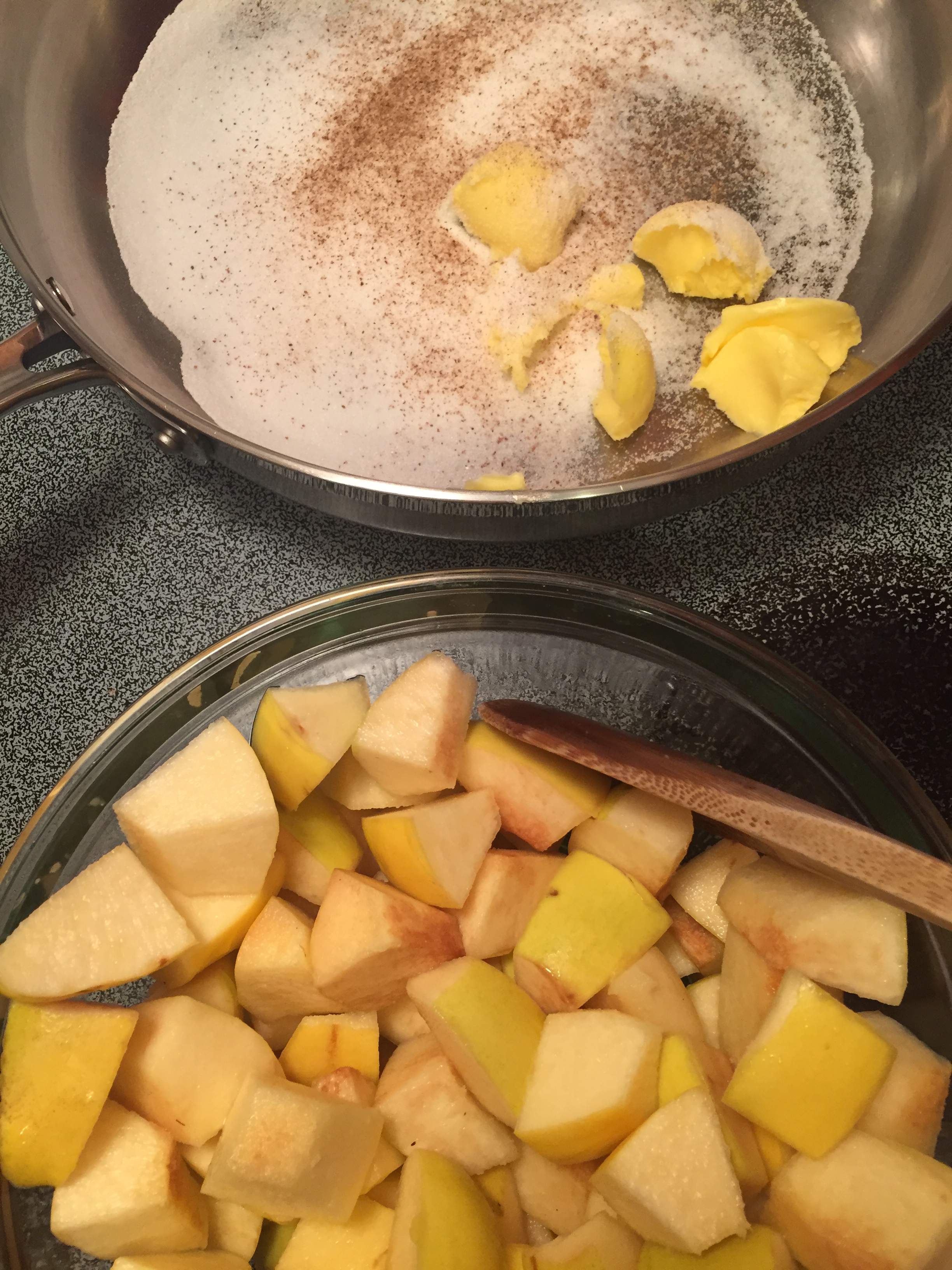Quince and Manchego Crostata
If you have gotten this far in life (this far meaning you clearly like reading about and eating cheese) and you haven't yet eaten Manchego, well, you really aren't living. From behind the counter, Manchego has always been one of my go-to cheeses for those that want to expand beyond cow's milk. It's nutty and approachable demeanor is rarely disliked and it's granular texture adds body to any cheese plate. When I found myself with a large chunk of Essex Manchego 1605 given to me by one of the esteemed #EssexSistas, I knew I had to do more with it than just eat it. Trust me, the temptation to just devour the whole chunk was there, I just thought better of doing it and lucky for me, Culture Cheese Magazine had an entire spread with Manchego recipes. Quince and Manchego Crostata
Quince is often only seen in a paste or jam form because the sweet flavor doesn't present itself until it has been cooked and their high level of pectin makes producing jams a no brainer. At once acerbic and sour, chomping in to a Quince is not very appealing. Spain is a top 10 producer of Quince for good reason as it pairs perfectly with their vast assortment of sheep's milk cheese. The fattiness of the cheese cuts through the tartness of the Quince, bringing out it's sweetness. It's not often that we see fresh Quince in stores but since apple season is upon us, I got lucky to find some at my local PCC.
Manchego is a PDO cheese, meaning it has strict guidelines that need to be adhered to if the name Manchego is to be used. From the type of sheep that the milk can come from to the texture of the rind, these are all important tools for consumers to be able to trust that the Manchego they are buying is exactly what it says it is. All Manchegos must follow these guidelines but not all Manchegos are the same. Essex Manchego 1605 is very different then many on the market today. It is a farmstead production with only around 500 ewes on the production line. The fact that it uses raw milk is becoming unique because a lot of importers are leary of dealing with importation issues concerning products made with raw milk. I also have found that taste wise, 1605 is much more smooth and less reactive than some I've tasted. Histamine reactions can be common in some cheese, it's the way it makes your mouth tingle. It's not necessarily a bad thing, just one of those things that happens, but I find that with the 1605, I don't get the same reaction as I have from other raw Manchegos. It's just smooth and creamy with delightful toasted nut notes that make me want more.
Manchego comes in multiple ages. 3 months, 6 months, 9 months, or 12 months. It's rare to see a cheese on the shelf with as many different age profiles and it really makes you take note of the difference between just a few months age. The 3 months keeps a sweetness to it, 12 months is more sharp and granular. I usually prefer a 6 month age because I feel it encapsulates everything I love about sheep milk cheese. Caramel, nutty flavors with a sweet lanolin touch. The 1605 is aged for 6 months. It also does not have a waxed rind which a lot of Manchegos on the market tend to have. This gives the cheese a more structured flavor profile because natural rinded cheeses can take on the flavors of the cave which can produce a slight earthiness. I'm one of those people that really loves a cheese with some depth that changes as it warms in your mouth, and the 1605 really does that for me. I could easily eat this stuff all the time.
Ok, now on to the pictures
And just because I'm a sadist, here's a video of the Cherry Valley Dairy butter slowly melting.
[wpvideo ahJHB7Ky]
Man, I love a good crostata. They are easier than pies and this was a great breakfast for the week. Tart and sweet with a buttery richness. So in short, delicious.
What is your favorite crostata to make? Do you prefer pie? Are you even still reading or just watching that butter melt on repeat?








